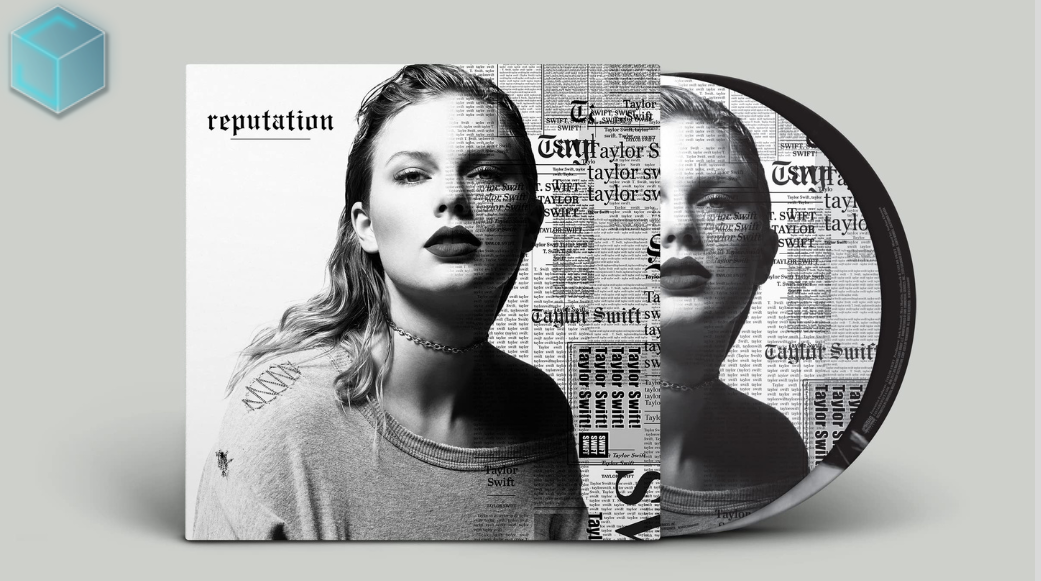
August 15, 2025
The music industry collectively lost its composure when Taylor Swift announced her twelfth studio album The Life of a Showgirl, with everyone from Sabrina Carpenter to Caitlin Clark publicly...
Read more
August 15, 2025
One of the most talked-about musical moments of the summer is JoJo Siwa's recent rendition of the 1981 classic "Bette Davis Eyes." On July 11, she shared her retro-style rendition, sparking intense...
Read more
August 15, 2025
Chappell Roan is keeping fans guessing about her sophomore album, admitting she has "no idea" what direction her new music will take. In a revealing interview with Apple Music 1's Zane Lowe, the...
Read more
August 15, 2025
In a candid new interview with GQ, Kansas City Chiefs tight end Travis Kelce is pulling back the curtain on his relationship with pop superstar Taylor Swift. The NFL star revealed intimate details...
Read more
August 15, 2025
At exactly 12:12 a.m. Tuesday, Taylor Swift revealed her 12th studio album, The Life of a Showgirl, via her official website. The announcement came as a countdown timer hit zero, setting off a wave...
Read more
August 15, 2025
Taylor Swift fans are buzzing after longtime collaborator Joseph Kahn revealed that the singer filmed — but never released — a music video for her Reputation track “King of My Heart” nearly a...
Read more
August 15, 2025
As his son Jack Blues approaches his first birthday on August 22, Justin Bieber is giving fans heartfelt glimpses into his life as a doting father. The 31-year-old superstar took to Instagram...
Read more
August 11, 2025
From August 1–3, Parc Jean-Drapeau wasn’t just a park, it was the main character. Osheaga 2025 rolled in with enough vibes to power your entire summer playlist, turning the city into a three-day...
Read more
August 11, 2025
In the ever-shifting world of K-pop, new groups arrive every year, but when BigHit Music announces a debut, the industry listens. Just days before BTS gears up for their long-awaited comeback, the...
Read more
August 11, 2025
When ILLIT dropped “Billyeoon Goyangi,” they probably didn’t expect to turn TikTok into one giant dance floor, but here we are, thousands of creators spinning, twirling, and body-rolling like their...
Read more
August 11, 2025
In a year where streaming milestones are harder to hit than that high note in ANTIFRAGILE, LE SSERAFIM has officially crossed 1 billion Spotify streams in 2025. The self-proclaimed fearless queens...
Read more
August 11, 2025
Imagine dropping your debut single and poof, you're suddenly everywhere. That’s exactly how ILLIT entered the scene with “Magnetic.” This banger didn’t just drop; it detonated, sending viral...
Read more.png)
Drum sounds form the backbone of many music genres, and while sample packs are popular, designing your own drum sounds from scratch can elevate your production to a whole new level. Crafting custom drum sounds allows you to create unique rhythms that fit your track perfectly. In this article, we’ll explore how to design killer drum sounds using synthesizers, focusing on essential techniques, settings, and tools.
Drum sound design typically revolves around shaping specific elements of sound—kick, snare, and hi-hats—by tweaking key parameters such as oscillators, envelopes, and filters. Synthesizers like Serum, Massive, and Sylenth1 are popular choices for creating drum sounds from scratch, but the principles apply to almost any subtractive synth.
Layering is crucial for designing powerful drum sounds. Combining different synthesizers or adding additional layers for punch and body can give depth to your drums. For instance, layering a kick drum with a low sine wave can boost its sub-bass presence.
Additionally, processing with effects like EQ, compression, and distortion helps refine the sound. Saturation or distortion can give your kick drum more presence, while transient shapers can control the snap of snares and hi-hats.
Example: Flume, the Australian producer, is known for crafting unique, otherworldly drum sounds using synthesizers. His use of synthesis combined with innovative layering and processing techniques has made his tracks stand out in the electronic music scene.
Automation and modulation are key to adding movement and dynamics to your drum sounds. Modulate parameters like filter cutoff, pitch, or amplitude envelope over time to create variations that make your drum patterns more engaging. Automating the release or decay of a snare sound can create interesting dynamics in a track.
Many producers turn to real-world sounds for inspiration when creating their own drum sounds. By analyzing the frequency characteristics of real drums, you can better replicate or enhance them using synthesizers. Additionally, layering real drum samples with synthetic ones can create a hybrid, modern sound.
Example: Aphex Twin is a master of sound design, often using complex synthesis techniques to create drum sounds that are entirely unique. His ability to deconstruct real-world drum sounds and rebuild them using synthesizers has made his music timeless.
The beauty of drum sound design is that there are no hard and fast rules. Experimentation is key. Whether it's playing with unexpected oscillator waveforms, adding unconventional effects, or modulating parameters in ways that defy norms, the best drum sounds often come from pushing boundaries.
Crafting drum sounds from scratch using synthesizers is an art that adds originality and character to your music. By understanding the basics of drum synthesis, utilizing layers and effects, and experimenting with modulation, you can create custom drum sounds that make your tracks stand out. Remember to keep experimenting and find inspiration from artists like Flume and Aphex Twin, who have used synthesis to revolutionize drum sound design in their music.